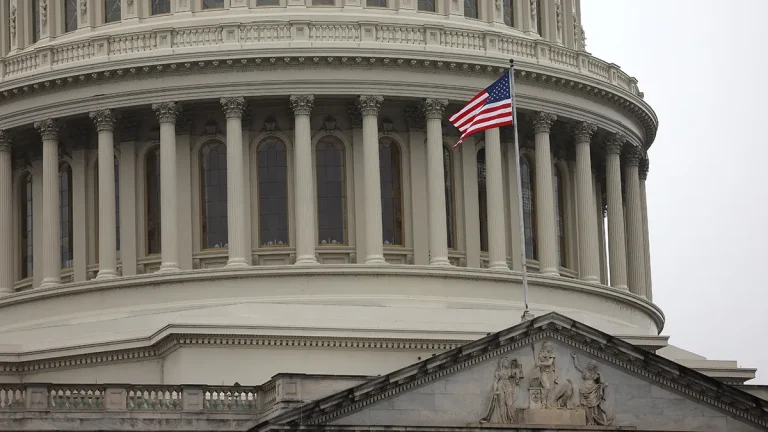🎧 Listen to This Article
Nine States Operate Without Income Tax
As of 2025, nine U.S. states, Alaska, Florida, Nevada, New Hampshire, South Dakota, Tennessee, Texas, Washington, and Wyoming, do not impose a general state income tax on wages and earned income. New Hampshire eliminated its interest and dividend tax this year, moving closer to a full “no income tax” model.
How Zero-Income-Tax States Make It Work
States without income taxes rely on alternative revenue sources:
- Sales and excise taxes: Higher rates on goods such as fuel, cigarettes, and other items help fill revenue gaps.
- Property taxes: Local levies often shoulder more of the tax burden.
- Natural resource revenue: Alaska, for example, depends on oil and gas royalties.
- Spending discipline: Leaner government structures, lower pensions, and controlled social service budgets help balance finances.
These states attract capital, retirees, and businesses but require strict budget accountability.
States With High Income Taxes
At the other end of the spectrum, states like California with 13.3 percent, New York with 10.9 percent, and Hawaii with 11 percent impose steep top marginal income taxes. High taxes fund extensive public services including social welfare programs, public universities, transportation, and Medicaid expansions. Progressive taxation ensures that higher earners contribute more, but it also risks out-migration of both individuals and corporations.
The Trade-Offs of Zero Income Tax
While eliminating income tax is appealing, it comes with challenges:
- Volatile revenue streams: Reliance on sales and excise taxes fluctuates with the economy.
- Regressive impacts: Lower-income households spend a larger fraction of income on taxed goods.
- Limited public services: Education, health, and infrastructure may be underfunded compared to high-tax states.
- Mobility sensitivity: States must remain competitive to attract residents and businesses.
- Political hurdles: Once a state relies on income tax, repealing it is complex. Only a few states are gradually reducing rates.
Why Blue States Maintain High Taxes
Blue states tend to impose higher overall taxes because of ambitious social programs and progressive tax structures, greater public spending expectations on housing, transit, and environmental initiatives, and higher regulatory costs and living expenses, which increase indirect tax burdens.
These factors can lead to taxpayer outflows to lower-tax states, highlighting the tension between funding services and retaining residents.
The Verdict on National Elimination
Eliminating income taxes nationwide is unlikely for most states, especially those with dense populations, significant infrastructure needs, or extensive social services. However, targeted reforms, flattening rates, reducing top brackets, and improving tax competitiveness, can help states balance revenue generation with economic mobility.
Future Implications
State-level tax policies will continue shaping migration, investment, and work decisions. As competition among states intensifies, residents will increasingly consider tax burdens when choosing where to live, work, and retire.



